-
 bitcoin
bitcoin $107208.295278 USD
-1.54% -
 ethereum
ethereum $3874.629914 USD
-1.38% -
 tether
tether $1.000440 USD
0.03% -
 bnb
bnb $1089.465513 USD
-5.53% -
 xrp
xrp $2.327672 USD
-1.65% -
 solana
solana $184.766505 USD
-0.73% -
 usd-coin
usd-coin $1.000076 USD
0.02% -
 tron
tron $0.310632 USD
-1.99% -
 dogecoin
dogecoin $0.187615 USD
-1.60% -
 cardano
cardano $0.633389 USD
-2.75% -
 ethena-usde
ethena-usde $0.999553 USD
0.03% -
 hyperliquid
hyperliquid $35.608231 USD
-4.13% -
 chainlink
chainlink $16.876114 USD
-3.98% -
 stellar
stellar $0.312239 USD
-0.91% -
 bitcoin-cash
bitcoin-cash $473.262969 USD
-7.09%
What is the difference between a DApp and a traditional app?
DApps run on blockchains with decentralized control, smart contracts, and crypto wallets, offering transparency and user autonomy unlike traditional centralized apps.
Sep 07, 2025 at 05:18 pm
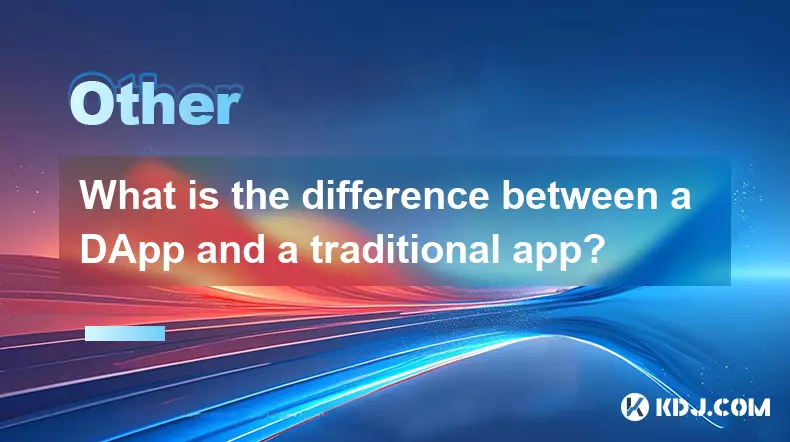
Understanding the Core Structure of DApps vs. Traditional Apps
1. A decentralized application (DApp) operates on a blockchain network, meaning it runs on a peer-to-peer system rather than a centralized server. This architecture ensures that no single entity controls the application. In contrast, traditional apps rely on centralized servers managed by a company or organization, which stores all user data and governs access.
2. The backend code of a DApp is executed through smart contracts, which are self-executing agreements written in code and deployed on a blockchain. These contracts automatically enforce rules and execute transactions when conditions are met. Traditional apps use backend logic hosted on private servers, often written in languages like Python, Java, or Node.js, and require manual intervention for updates or maintenance.
3. Because DApps are built on public blockchains, their data is immutable and transparent. Every transaction or change is recorded on the blockchain and can be audited by anyone. Traditional applications store data in private databases, where access is restricted and modifications are not publicly visible, raising concerns about data manipulation.
4. DApps require cryptocurrency wallets for user authentication instead of traditional username-password systems. Users sign transactions using private keys, giving them full control over their identity and assets. Traditional apps authenticate users through centralized identity providers, making them vulnerable to data breaches and account takeovers.
5. Updates to DApps often require community consensus, especially in governance-focused projects. Changes to smart contracts may involve voting by token holders. Traditional apps can be updated instantly by the development team without user input, allowing faster iteration but reducing user autonomy.
Security and Trust Mechanisms in DApps
1. DApps inherit the security of the underlying blockchain, making them resistant to downtime, censorship, and tampering. Since data is distributed across thousands of nodes, there is no single point of failure. This contrasts with traditional apps, where server outages or cyberattacks can disable the entire service.
2. Smart contracts in DApps are open-source and can be independently verified by developers and auditors. This transparency builds trust among users who can confirm that the code behaves as intended. Traditional apps often keep their source code proprietary, making it difficult to assess their security or fairness.
3. Financial interactions within DApps are secured through cryptographic protocols and require user approval via wallet signatures. Funds are held in non-custodial wallets, meaning users retain ownership at all times. In traditional apps, especially fintech platforms, funds are typically held in custodial accounts controlled by the service provider.
4. DApps reduce reliance on intermediaries by enabling direct peer-to-peer interactions. For example, a decentralized exchange allows users to trade tokens without depositing funds into a central exchange. Traditional financial apps act as intermediaries, managing transactions and holding user assets on their behalf.
5. While DApps offer enhanced security in many areas, they are not immune to vulnerabilities. Poorly written smart contracts can lead to exploits, as seen in high-profile hacks involving DeFi protocols. However, once deployed, the code cannot be altered, which limits post-attack mitigation options compared to traditional apps that can patch vulnerabilities quickly.
User Experience and Accessibility Challenges
1. Interacting with DApps often requires users to manage cryptocurrency wallets, handle gas fees, and understand blockchain concepts. This complexity creates a steep learning curve for newcomers. Traditional apps provide seamless onboarding with familiar interfaces and payment methods like credit cards or PayPal.
2. Transaction speeds in DApps depend on the blockchain’s throughput. Networks like Ethereum can become congested, leading to slow confirmations and high fees. Traditional apps process transactions instantly using optimized server infrastructure and scalable databases.
3. DApps typically lack customer support systems. If a user loses their private key or sends funds to the wrong address, recovery is nearly impossible due to the irreversible nature of blockchain transactions. Traditional apps offer account recovery options and support teams to resolve issues.
4. The user interface of many DApps is less polished compared to mainstream applications. Development focus tends to prioritize functionality over design, resulting in clunky experiences. Traditional apps invest heavily in UX research and design to maximize engagement and retention.
5. DApp discoverability is limited. There is no centralized app store for DApps, and users must rely on community forums, GitHub repositories, or specialized directories to find them. Traditional apps are easily accessible through platforms like the Apple App Store or Google Play.
Frequently Asked Questions
Can a DApp be taken down?A DApp running on a decentralized blockchain cannot be easily taken down. Even if individual nodes go offline, others continue to host the application. However, frontend interfaces (websites) used to access DApps can be blocked or removed, though alternative access points usually exist.
Do DApps always require cryptocurrency?Most DApps require cryptocurrency for transactions, whether for paying gas fees or interacting with smart contracts. Some projects are exploring fiat gateways, but native crypto remains the primary method of interaction.
Are all DApps part of DeFi?No, DApps span various categories including gaming, social media, identity management, and supply chain tracking. While DeFi (decentralized finance) is a major use case, it represents only one segment of the DApp ecosystem.
How do developers earn revenue from DApps?Developers can monetize DApps through token issuance, transaction fees, premium features, or governance tokens that grant voting rights. Unlike traditional apps that rely on ads or subscriptions, DApp revenue models are often embedded in the protocol’s economic design.
Disclaimer:info@kdj.com
The information provided is not trading advice. kdj.com does not assume any responsibility for any investments made based on the information provided in this article. Cryptocurrencies are highly volatile and it is highly recommended that you invest with caution after thorough research!
If you believe that the content used on this website infringes your copyright, please contact us immediately (info@kdj.com) and we will delete it promptly.
- a16z Doubles Down: Jito and the Future of Solana Staking
- 2025-10-18 10:45:13
- Solana, Whales, and Altcoin Buys: Decoding the Crypto Current
- 2025-10-18 11:05:12
- Binance Coin, Cardano, and Remittix: Navigating the Crypto Landscape
- 2025-10-18 11:05:12
- Crypto, Bear Market, and Analysts: Navigating the Uncertainty
- 2025-10-18 10:25:13
- Tezos on the Edge: Bollinger Bands and Crypto Market Weakness
- 2025-10-18 10:25:13
- Crypto News, October 2025: Missed Stories You Need to Know
- 2025-10-18 08:45:14
Related knowledge
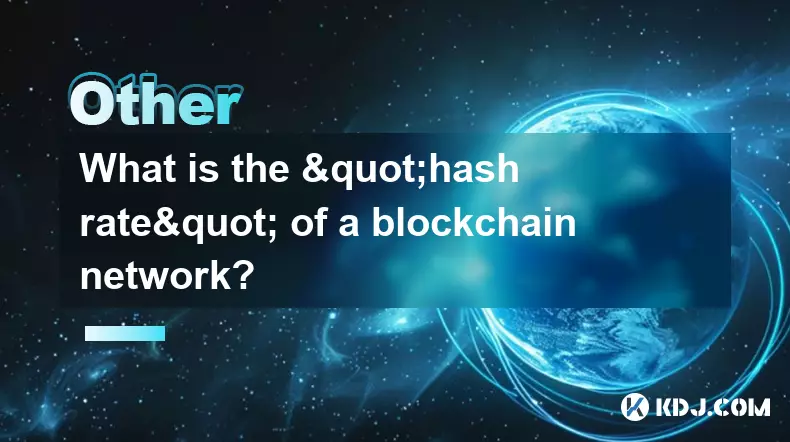
What is the "hash rate" of a blockchain network?
Oct 10,2025 at 03:55pm
Understanding Hash Rate in Blockchain Networks1. The hash rate refers to the total computational power being used to process transactions and mine new...
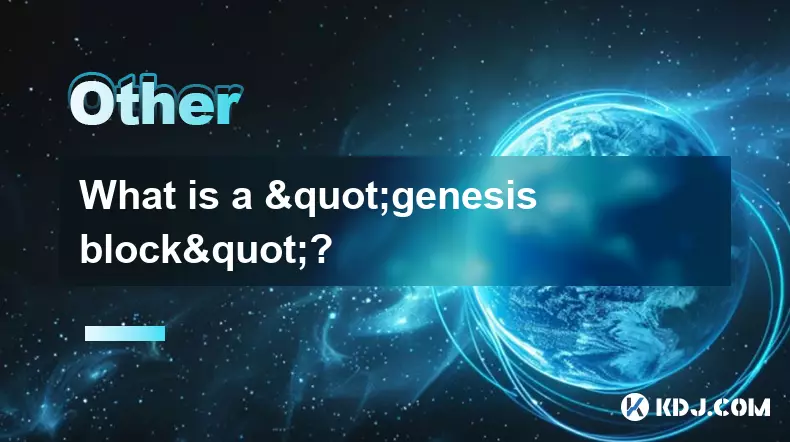
What is a "genesis block"?
Oct 15,2025 at 07:55pm
Understanding the Genesis Block in CryptocurrencyThe genesis block is the very first block in a blockchain network. It serves as the foundation upon w...
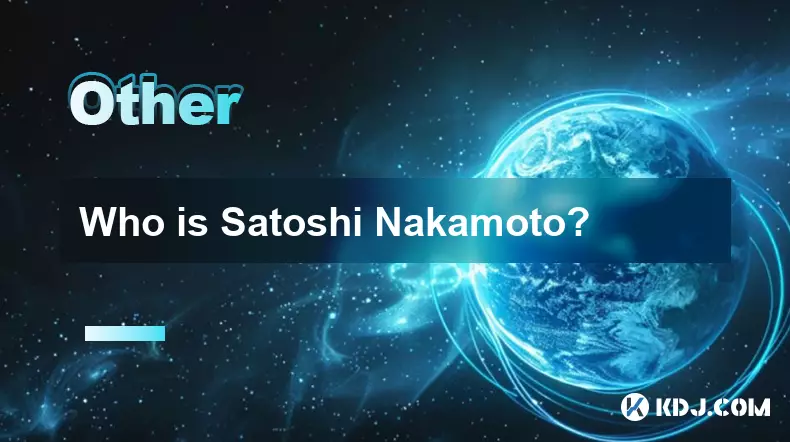
Who is Satoshi Nakamoto?
Oct 15,2025 at 01:01pm
Who is Satoshi Nakamoto?1. Satoshi Nakamoto is the pseudonymous individual or group credited with creating Bitcoin, the first decentralized cryptocurr...
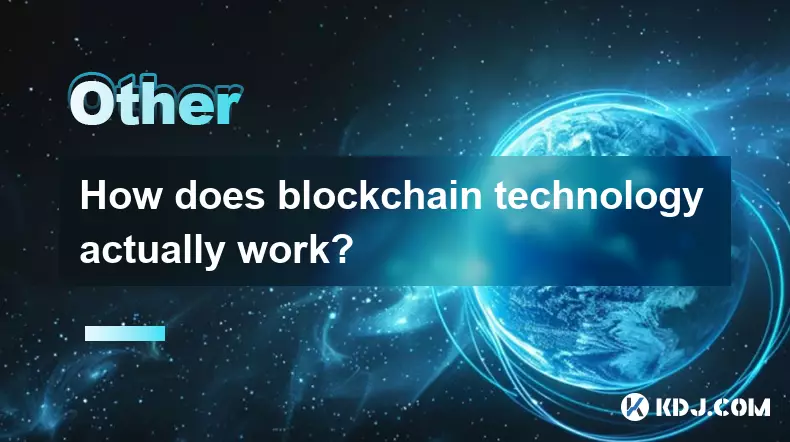
How does blockchain technology actually work?
Oct 11,2025 at 02:36pm
Understanding the Core Mechanism of Blockchain1. At its foundation, blockchain is a decentralized digital ledger that records transactions across mult...
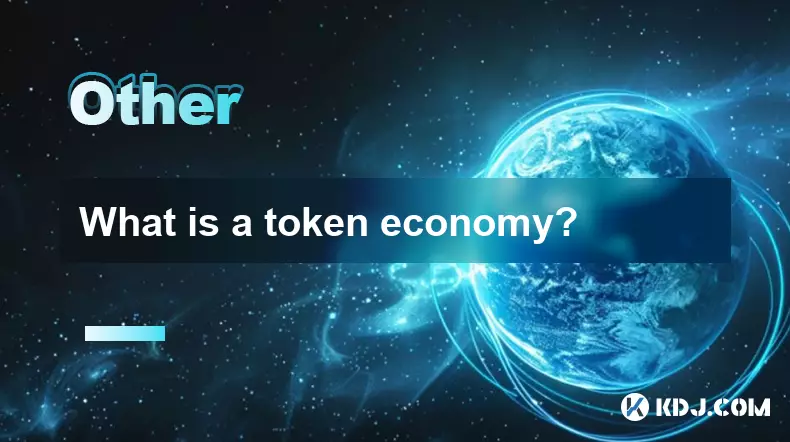
What is a token economy?
Sep 20,2025 at 12:18am
Understanding the Foundations of a Token Economy1. A token economy in the context of cryptocurrency refers to a system where digital tokens are used a...
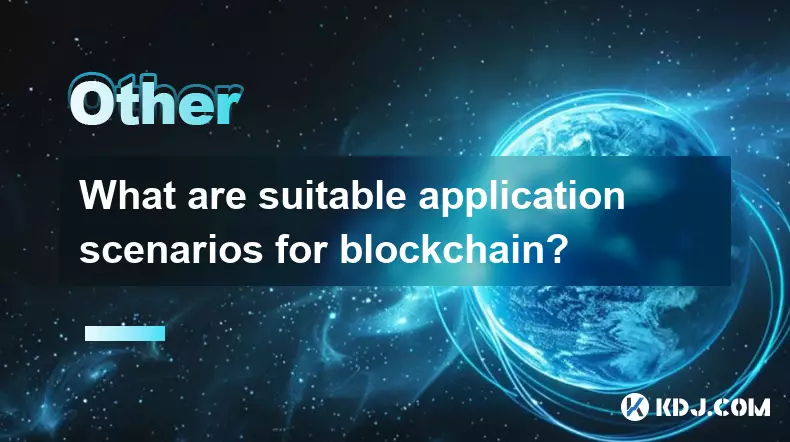
What are suitable application scenarios for blockchain?
Sep 20,2025 at 03:19am
Decentralized Finance (DeFi) Platforms1. Blockchain enables the creation of financial services without centralized intermediaries, allowing users to l...

What is the "hash rate" of a blockchain network?
Oct 10,2025 at 03:55pm
Understanding Hash Rate in Blockchain Networks1. The hash rate refers to the total computational power being used to process transactions and mine new...

What is a "genesis block"?
Oct 15,2025 at 07:55pm
Understanding the Genesis Block in CryptocurrencyThe genesis block is the very first block in a blockchain network. It serves as the foundation upon w...

Who is Satoshi Nakamoto?
Oct 15,2025 at 01:01pm
Who is Satoshi Nakamoto?1. Satoshi Nakamoto is the pseudonymous individual or group credited with creating Bitcoin, the first decentralized cryptocurr...

How does blockchain technology actually work?
Oct 11,2025 at 02:36pm
Understanding the Core Mechanism of Blockchain1. At its foundation, blockchain is a decentralized digital ledger that records transactions across mult...

What is a token economy?
Sep 20,2025 at 12:18am
Understanding the Foundations of a Token Economy1. A token economy in the context of cryptocurrency refers to a system where digital tokens are used a...

What are suitable application scenarios for blockchain?
Sep 20,2025 at 03:19am
Decentralized Finance (DeFi) Platforms1. Blockchain enables the creation of financial services without centralized intermediaries, allowing users to l...
See all articles























![[4K 60fps] 5upreme by RoyalP (1 coin) [4K 60fps] 5upreme by RoyalP (1 coin)](/uploads/2025/10/18/cryptocurrencies-news/videos/k-fps-upreme-royalp-coin/68f2e6c9ef491_image_500_375.webp)


















































